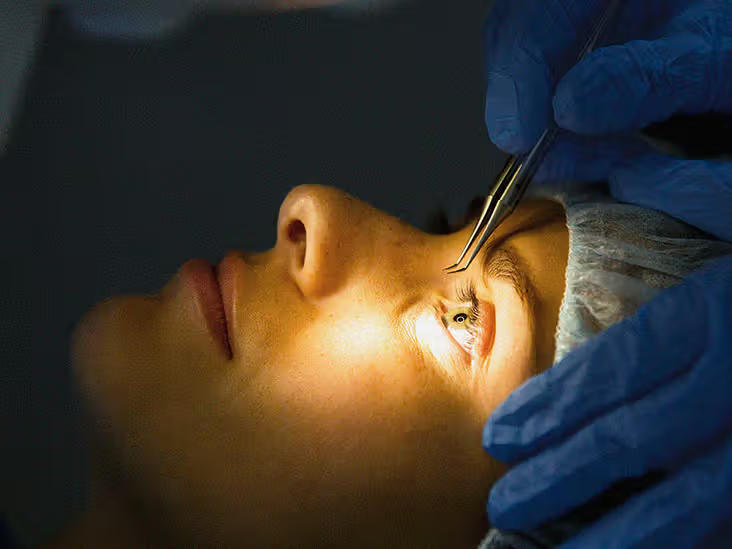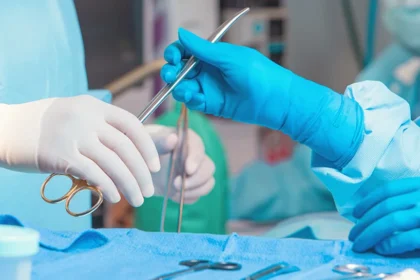LASIK surgery is a laser-based vision correction procedure that reshapes the cornea to correct refractive errors that cause blurred vision. Individuals may undergo LASIK to improve their eyesight and reduce their dependence on glasses and contact lenses. Understanding the procedure, its applications, and benefits can help you determine if this surgery is the right choice for your vision needs.
What Is LASIK Surgery?
LASIK surgery is a refractive surgery that uses laser technology to reshape the cornea. The procedure involves creating a thin flap in the corneal tissue, then using an excimer laser to remove microscopic amounts of tissue from the underlying cornea. This reshaping allows light to focus properly on the retina, resulting in clearer vision.
The procedure typically takes 30 minutes and is performed on an outpatient basis. Eye drops are applied to numb the eye, making the procedure virtually painless. The precision of modern laser technology allows surgeons to make accurate corrections to the corneal shape.
What Eye Problems Does It Address?
LASIK surgery effectively treats three primary refractive errors. Myopia, or nearsightedness, occurs when the cornea is too steep, causing distant objects to appear blurry. Hyperopia, or farsightedness, results from a cornea that is too flat, making close objects difficult to see clearly. Astigmatism involves an irregularly shaped cornea that causes blurred vision at all distances.
What Does the Process Involve?
The process begins with a thorough pre-operative evaluation. Your surgeon will measure your corneal thickness, map the surface of your eye, and assess your overall eye health. These measurements guide the laser programming for your specific correction needs.
On the day of surgery, you’ll receive numbing eye drops so you won’t feel pain. The surgeon then uses a laser to create a thin corneal flap. This flap is lifted, exposing the underlying corneal tissue for laser treatment.
The excimer laser precisely removes microscopic amounts of corneal tissue according to your prescription. After the reshaping is complete, the flap is repositioned and naturally adheres without stitches. The entire procedure for both eyes typically takes less than 30 minutes.
How Does It Correct Vision?
LASIK corrects vision by altering the cornea’s curvature to change how light enters the eye. For myopia correction, the laser flattens the central cornea, reducing its focusing power. This allows light rays to focus directly on the retina instead of in front of it.
For hyperopia correction, the laser removes tissue from the peripheral cornea while preserving the central area, effectively steepening the corneal curve. This increases the cornea’s focusing power, helping light rays converge properly on the retina. Astigmatism correction involves reshaping the cornea to create a more spherical surface, eliminating the irregular curvature that causes distorted vision.
What Are the Benefits?
This surgery offers numerous advantages for suitable candidates. Patients may experience improved vision within days of the procedure, with optimal results typically achieved within a few weeks. The majority of LASIK patients achieve 20/20 vision or better, significantly reducing their dependence on corrective lenses.
The procedure provides long-lasting results, with most patients maintaining their improved vision for many years. Unlike contact lenses, LASIK eliminates the ongoing maintenance associated with corrective eyewear. Patients may also experience improved quality of life, including greater freedom in sports and recreational activities.
Talk to a Specialist Today
LASIK surgery is an effective solution for correcting common refractive errors and reducing dependence on glasses or contact lenses. If you’re evaluating LASIK surgery, schedule a consultation with a qualified ophthalmologist to discuss your candidacy. A comprehensive evaluation will determine whether LASIK is appropriate for your specific vision needs and lifestyle requirements.









